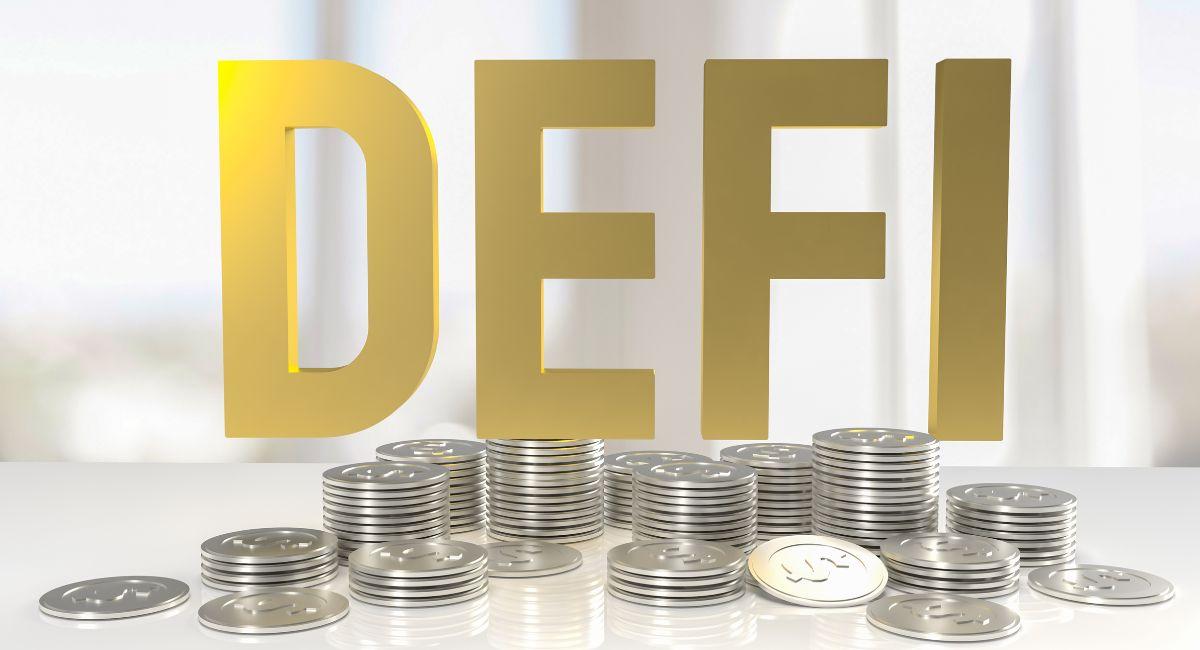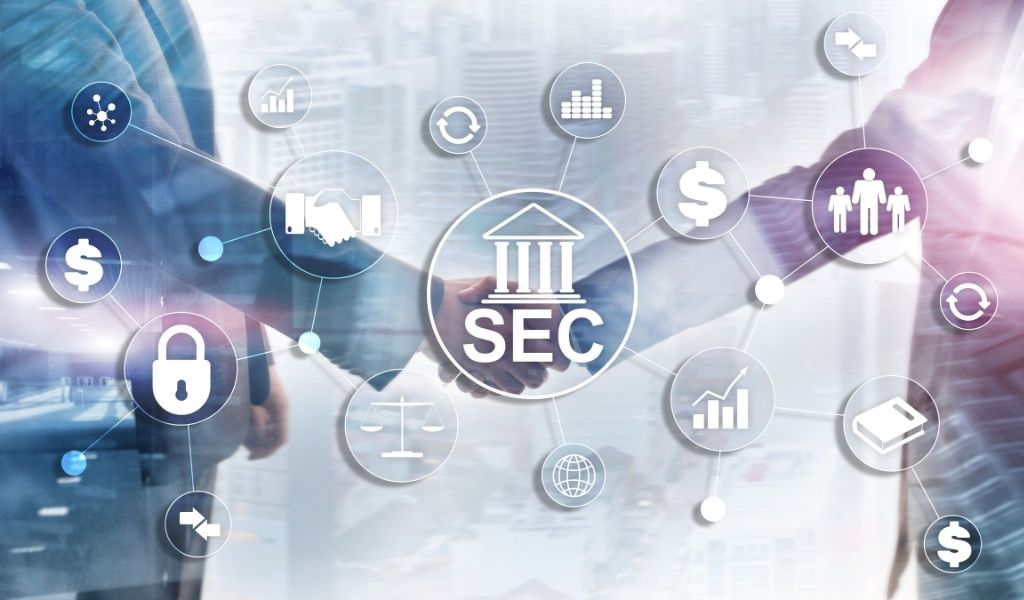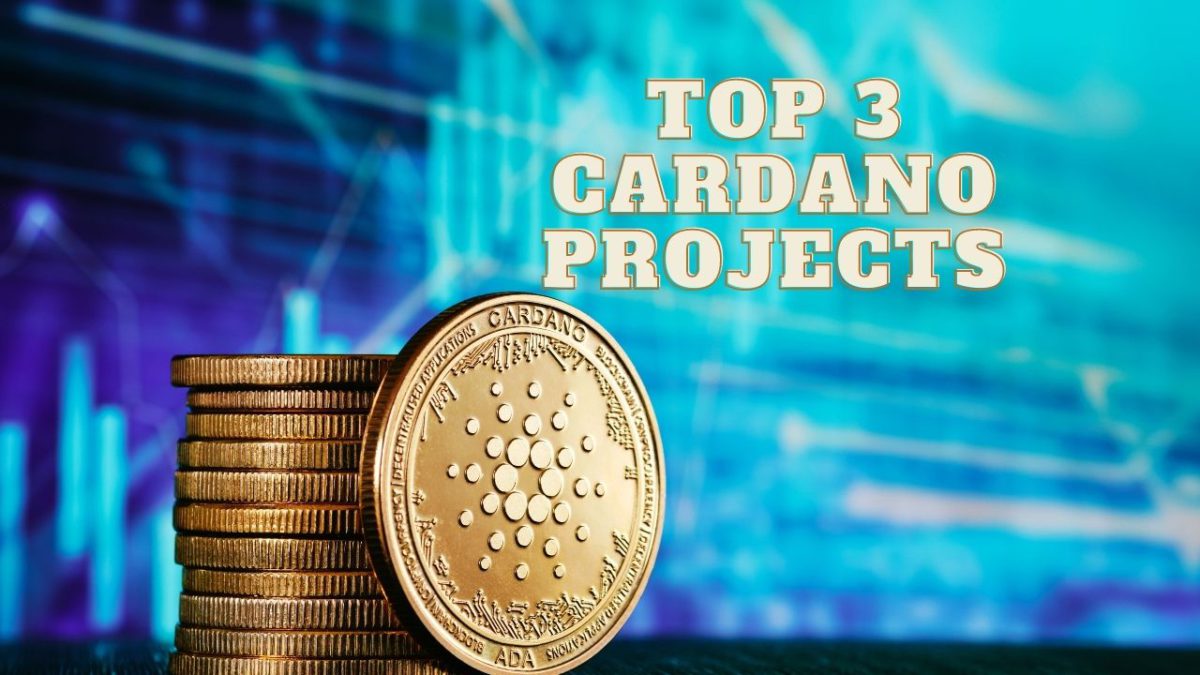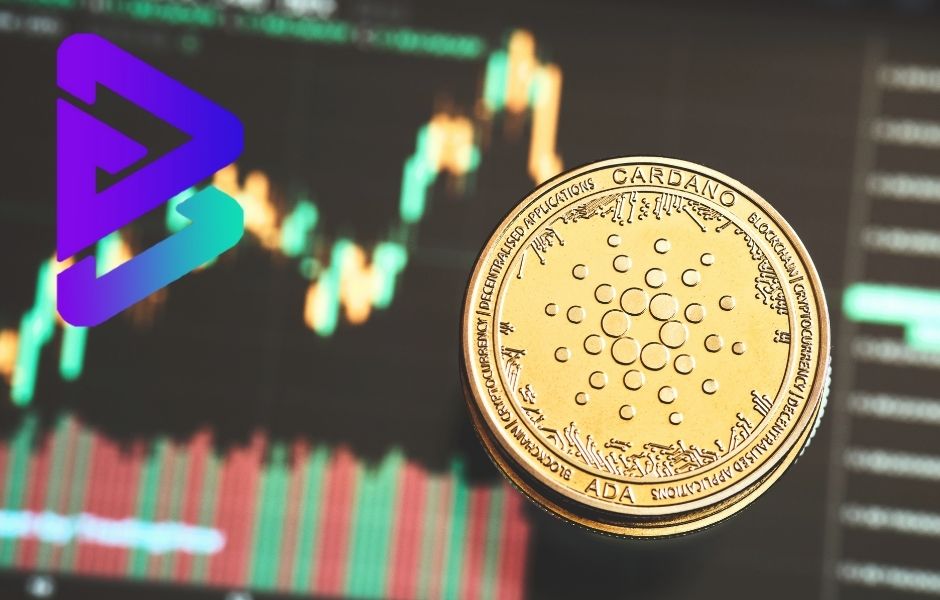Decentralized Finance (DeFi) has emerged as a revolutionary force, promising financial inclusion and autonomy. However, the fragmented nature of DeFi protocols and services presents a unique set of challenges for users navigating this dynamic ecosystem. In this article, we explore how the decentralization movement, while bringing innovation, also introduces complexities that users must contend with.
1. Interoperability Challenges:
DeFi’s decentralized nature has led to the proliferation of numerous protocols, each with its unique features and functionalities. However, the lack of standardized interoperability protocols poses challenges for users looking to seamlessly transfer assets or engage across various platforms. This fragmentation hinders the potential synergies between different projects and limits the overall efficiency of the ecosystem.
2. User Experience Disparities:
The decentralized nature of DeFi has given rise to diverse user interfaces and experiences across platforms. Users often face a steep learning curve as they navigate varying designs, terminologies, and functionalities. A lack of standardized user experiences can deter newcomers and hinder the broader adoption of DeFi.
3. Liquidity Fragmentation:
DeFi platforms often operate on different blockchain networks, leading to fragmentation in liquidity. Users may encounter challenges when seeking the best liquidity pools or trading opportunities, as they need to navigate multiple platforms. This fragmentation can result in suboptimal trading experiences and liquidity inefficiencies.
4. Smart Contract Risks:
With a multitude of smart contracts governing DeFi platforms, users face increased exposure to potential risks and vulnerabilities. The fragmented landscape makes it challenging for users to stay informed about the security practices of each protocol, potentially exposing them to smart contract exploits and financial losses.
5. Regulatory Uncertainty:
DeFi’s decentralized and global nature presents regulatory challenges as different jurisdictions grapple with how to govern these platforms. Users may find it challenging to understand and comply with diverse regulatory frameworks, leading to legal uncertainties and potential risks associated with non-compliance.
6. Inconsistent Governance Models:
DeFi platforms employ various governance models, ranging from token-based voting to decentralized autonomous organizations (DAOs). The lack of standardization in governance structures can result in inconsistencies and difficulties for users participating in decision-making processes across different protocols.
7. Cross-Chain Compatibility:
The use of different blockchain networks by DeFi projects creates a fragmented landscape in terms of cross-chain compatibility. Users face challenges when attempting to move assets seamlessly between blockchains, hindering the potential for a truly interconnected and collaborative DeFi ecosystem.
8. Educational Barriers:
Navigating the fragmented DeFi landscape requires a solid understanding of various protocols, technologies, and market dynamics. The lack of comprehensive educational resources and standardized information can act as a barrier, preventing users from fully grasping the intricacies of the decentralized financial space.
Also, read- The Role Of Crypto Payment Gateways In Decentralized Finance (DeFi)
Standardizing DeFi Interoperability

Standardizing interoperability within the decentralized finance (DeFi) ecosystem is crucial for creating a seamless user experience and facilitating the efficient transfer of assets across different platforms. Several initiatives and protocols are actively working towards this goal:
- Interledger Protocol (ILP):
- Overview: ILP is an open protocol suite for sending payments across different ledgers. It aims to provide a standardized way for different blockchains and financial systems to interoperate.
- Role in DeFi: ILP can enhance DeFi interoperability by enabling value transfer between various ledgers, allowing users to seamlessly move assets across different blockchain networks.
- Polkadot:
- Overview: Polkadot is a multi-chain network that facilitates interoperability between different blockchains. It allows for the transfer of not only tokens but also data and information between connected chains.
- Role in DeFi: Polkadot’s architecture promotes cross-chain communication, enabling DeFi projects built on different parachains (sub-chains) to interact and share information, fostering a more connected and interoperable ecosystem.
- Cosmos:
- Overview: Similar to Polkadot, Cosmos is a network of interoperable blockchains. It utilizes the Inter-Blockchain Communication (IBC) protocol to enable communication and asset transfer between different chains.
- Role in DeFi: Cosmos allows DeFi projects to operate independently on their blockchains while still benefiting from interoperability, providing a scalable and modular approach to the decentralized finance ecosystem.
- Wrapped Tokens (wTokens):
- Overview: Wrapped tokens are tokens on one blockchain that represent assets from another blockchain. For example, Wrapped Bitcoin (WBTC) represents Bitcoin on the Ethereum blockchain.
- Role in DeFi: Wrapped tokens serve as bridges between different blockchains, allowing users to bring assets from one blockchain into another and participate in DeFi activities seamlessly.
- Ren Protocol:
- Overview: Ren Protocol enables the creation of wrapped tokens representing assets from different blockchains. It uses a network of nodes called Darknodes to facilitate the secure transfer of assets across blockchains.
- Role in DeFi: Ren Protocol enhances interoperability by providing a decentralized and trustless way to move assets between different chains, enabling users to access DeFi applications on various platforms.
- Chainlink:
- Overview: Chainlink is primarily known for its decentralized oracle network, but it also plays a role in interoperability by facilitating data and information transfer between smart contracts on different blockchains.
- Role in DeFi: By providing reliable and decentralized data feeds, Chainlink enhances the capabilities of applications, contributing to a more interconnected and interoperable ecosystem.
- Bridged Stablecoins:
- Overview: Various projects are working on creating stablecoins that can exist on multiple blockchains simultaneously. These bridged stablecoins aim to maintain a 1:1 peg across different chains.
- Role in DeFi: Bridged stablecoins provide a consistent value representation across different platforms, enabling users to transfer and use stable assets seamlessly.
These initiatives and protocols collectively contribute to standardizing DeFi interoperability, fostering a more connected ecosystem where users can seamlessly transfer assets and engage with decentralized finance applications across different blockchains. As the industry continues to evolve, interoperability will likely play a crucial role in shaping the future of decentralized finance.
Top 10 aspects of the future of DeFi Governance

The future of decentralized finance (DeFi) governance holds exciting possibilities as the industry continues to mature and address challenges. Here are potential developments and innovations in decentralized governance models aimed at creating more consistent and user-friendly decision-making processes for DeFi participants:
- Improved Governance Interfaces:
- User-Friendly Dashboards: Future DeFi platforms may feature more intuitive and user-friendly governance interfaces, making it easier for participants to understand and engage in the decision-making process. This could include simplified voting mechanisms and clear presentation of proposals.
- Sybil-Resistant Voting Mechanisms:
- Identity Solutions: Addressing the challenge of Sybil attacks, future governance models may integrate decentralized identity solutions. This could involve leveraging blockchain-based identity verification systems to ensure one-person-one-vote mechanisms.
- Quadratic Voting:
- Enhanced Voting Weight: Quadratic voting assigns voting weight based on the square root of the number of tokens held. This system encourages more equitable decision-making, where larger stakeholders have a voice but not to the extent of dominating the process. Future DeFi governance models may adopt or enhance such mechanisms for fairness.
- On-Chain Governance Arbitration:
- Automated Dispute Resolution: To streamline decision-making, platforms could integrate on-chain governance arbitration mechanisms. Smart contracts could automate dispute resolution processes, providing a transparent and efficient way to handle disagreements among participants.
- Dynamic Governance Parameters:
- Adaptive Governance: Future DeFi governance models might incorporate adaptive parameters that adjust based on the changing needs and dynamics of the ecosystem. This could include dynamically setting voting thresholds, quorum requirements, and decision-making processes based on the evolving conditions of the protocol.
- Token-Based Governance Enhancements:
- Staking for Voting Power: To incentivize active participation, future governance models might introduce mechanisms where participants can stake their tokens to earn additional voting power. This aligns the interests of users with the long-term success of the protocol.
- Decentralized Autonomous Organizations (DAOs):
- Evolution of DAO Structures: DAOs are central to decentralized governance. Future developments might include the evolution of DAO structures to better accommodate large and diverse communities. This could involve nested DAOs, where smaller groups manage specific aspects of governance.
- Incentivized Governance Participation:
- Reward Mechanisms: To encourage active involvement, governance models may introduce additional token rewards for participants who consistently contribute to decision-making. This could include rewards for proposing, voting, or actively engaging in governance discussions.
- Cross-Protocol Governance Standards:
- Interoperable Governance: As DeFi continues to expand, there may be efforts to establish cross-protocol governance standards. This would allow users to participate in governance across multiple protocols using a unified interface or token.
- Regulatory Considerations:
- Compliance-Focused Governance: With increasing regulatory attention, future governance models may incorporate features to enhance compliance. This could include tools for identity verification and adherence to regional regulations.
As DeFi governance evolves, a combination of technological innovations, community-driven initiatives, and regulatory considerations will shape the landscape. The aim is to create governance models that are inclusive, transparent, and efficient, fostering a more decentralized and user-friendly decision-making process for participants.
Enhancing DeFi Education:
Enhancing education is crucial for promoting wider adoption and ensuring that users can engage with decentralized finance platforms with confidence. Here are strategies to improve educational resources and promote a better understanding of decentralized finance:
- User-Friendly Educational Platforms:
- Develop user-friendly educational platforms that cater to individuals with varying levels of financial and technical literacy.
- Use interactive tutorials, videos, and gamification to make learning about more engaging and accessible.
- Comprehensive Guides and Documentation:
- Provide comprehensive guides and documentation for platforms, protocols, and concepts. This should include step-by-step instructions, use cases, and real-world examples.
- Regularly update educational materials to reflect changes and innovations in the rapidly evolving DeFi space.
- Community Workshops and Webinars:
- Conduct regular workshops and webinars to educate the community about decentralized finance. These events can cover topics such as wallet setup, trading strategies, yield farming, and risk management.
- Encourage open discussions and Q&A sessions to address specific questions and concerns.
- Collaboration with Educational Institutions:
- Collaborate with educational institutions to integrate DeFi-related courses into existing finance and blockchain curricula.
- Support academic research in the field of decentralized finance to contribute to the knowledge base and create a bridge between academia and industry.
- Localized Content and Translations:
- Provide educational content in multiple languages to reach a global audience. Translate important resources, guides, and tutorials to make them accessible to non-English speakers.
- Consider regional nuances and tailor content to address specific cultural and regulatory contexts.
- Social Media and Influencers:
- Leverage social media platforms and influencers to disseminate educational content. Engage with popular influencers in the crypto space to create informative content that reaches a broader audience.
- Encourage community members to share educational content on social media, fostering a grassroots approach to spreading knowledge.
- Mentorship Programs:
- Establish mentorship programs where experienced community members guide newcomers through the intricacies of DeFi. This one-on-one interaction can help build confidence and understanding.
- Create a network of mentors who are knowledgeable about different aspects of decentralized finance.
- Sandbox Environments and Simulators:
- Develop sandbox environments or simulators that allow users to experiment with DeFi protocols in a risk-free environment. This hands-on experience can enhance learning and build practical skills.
- Ensure that these simulators mimic real-world conditions to provide a realistic learning experience.
- Regular Educational Campaigns:
- Run regular educational campaigns on social media and other platforms to raise awareness about specific DeFi topics. Use hashtags, infographics, and short videos to convey key concepts.
- Collaborate with influencers and industry experts to amplify the reach of educational campaigns.
- Regulatory and Security Awareness:
- Include information about regulatory compliance and security best practices in educational materials. Help users understand the importance of due diligence, securing private keys, and complying with relevant regulations.
- Provide resources to stay updated on regulatory developments impacting the DeFi space.
By implementing these strategies, the decentralized finance ecosystem can foster a more informed and empowered user base, ultimately contributing to the mainstream adoption of DeFi. Education is a key driver in building trust and confidence in this innovative financial ecosystem.
In conclusion
In summary, the decentralized finance (DeFi) landscape’s inherent diversity and innovation come hand in hand with challenges that demand attention to unlock its full potential. As we navigate the fragmented nature of DeFi protocols and services, it becomes evident that standardization, education, and improved interoperability are crucial elements in shaping a user-friendly and efficient ecosystem.
The call for standardization is not about stifling creativity but rather establishing a common framework that fosters collaboration, interoperability, and regulatory compliance. This will provide users with a more seamless and secure experience across various DeFi platforms, encouraging broader adoption.
Education plays a key role in empowering users to navigate the complexities of DeFi. By enhancing understanding and awareness, both newcomers and seasoned participants can make informed decisions, contributing to the overall resilience and sustainability of the ecosystem.
Furthermore, addressing interoperability challenges is essential for creating a cohesive DeFi landscape. Efforts to integrate protocols and facilitate smooth interactions between different platforms will not only enhance user experience but also foster innovation and efficiency.
In conclusion, the journey towards realizing the full potential of decentralized finance involves overcoming challenges through collaborative efforts, education, and technological advancements. Embracing these aspects will not only streamline DeFi processes but also solidify its position as a transformative force in the global financial landscape.
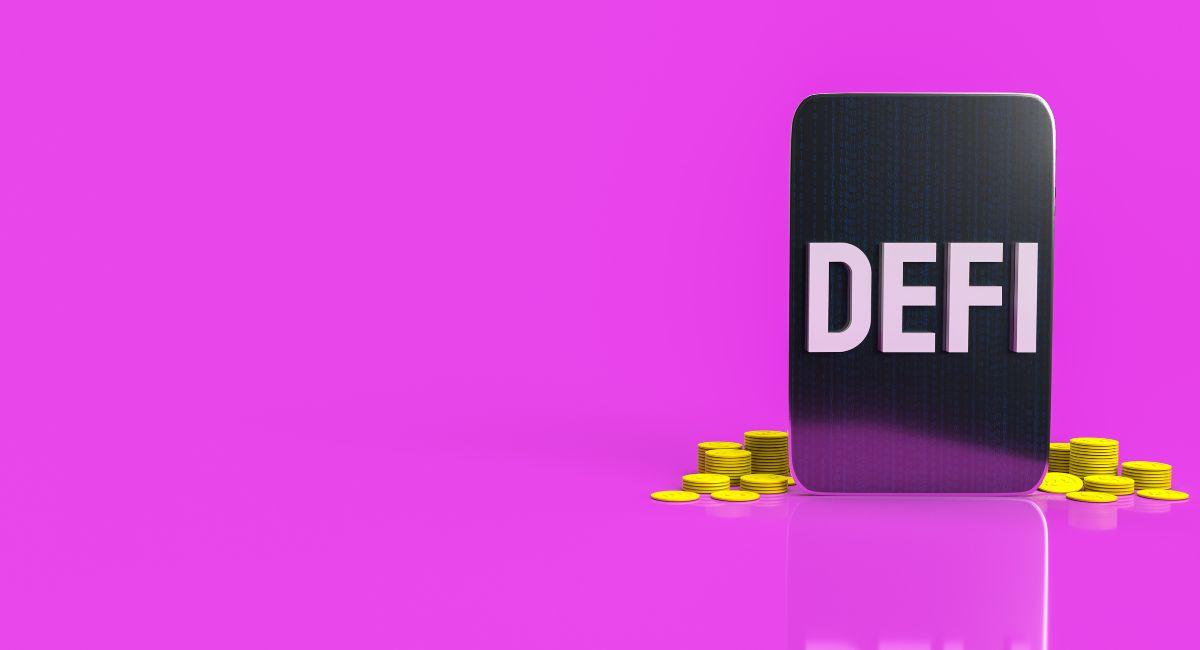

 Bitcoin
Bitcoin  Ethereum
Ethereum  Tether
Tether  XRP
XRP  Solana
Solana  Dogecoin
Dogecoin  USDC
USDC  Lido Staked Ether
Lido Staked Ether  Cardano
Cardano  TRON
TRON  Avalanche
Avalanche  Chainlink
Chainlink  Toncoin
Toncoin  Wrapped stETH
Wrapped stETH  Shiba Inu
Shiba Inu  Wrapped Bitcoin
Wrapped Bitcoin  Sui
Sui  Stellar
Stellar  Polkadot
Polkadot  Hedera
Hedera  WETH
WETH  Hyperliquid
Hyperliquid  Bitcoin Cash
Bitcoin Cash  LEO Token
LEO Token  Uniswap
Uniswap  Litecoin
Litecoin  Pepe
Pepe  Wrapped eETH
Wrapped eETH  NEAR Protocol
NEAR Protocol  Ethena USDe
Ethena USDe  USDS
USDS  Aptos
Aptos  Aave
Aave  Internet Computer
Internet Computer  Cronos
Cronos  POL (ex-MATIC)
POL (ex-MATIC)  Mantle
Mantle  Ethereum Classic
Ethereum Classic  Render
Render  WhiteBIT Coin
WhiteBIT Coin  Monero
Monero  MANTRA
MANTRA  Dai
Dai  Bittensor
Bittensor  Artificial Superintelligence Alliance
Artificial Superintelligence Alliance  Arbitrum
Arbitrum  Ethena
Ethena 